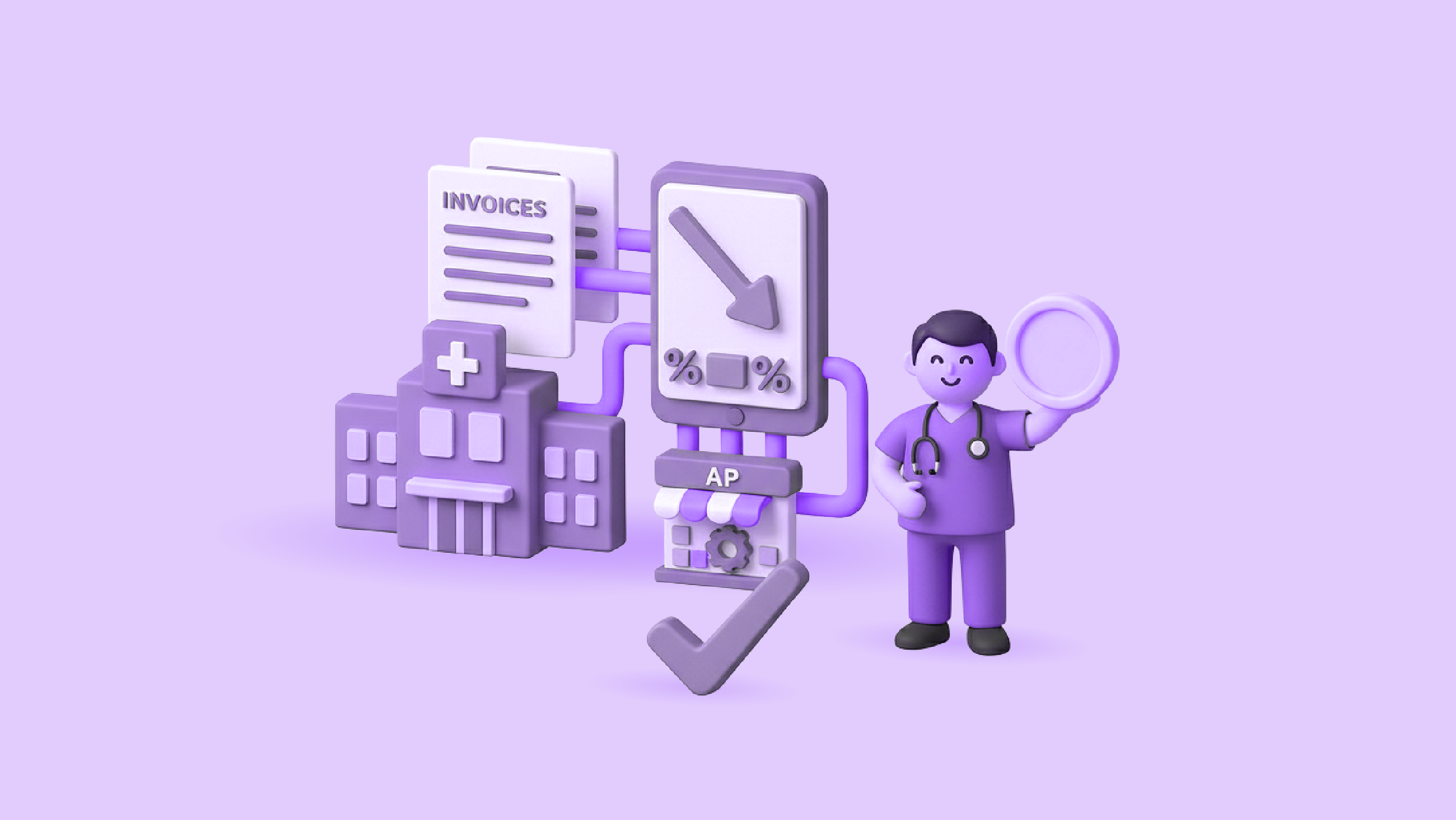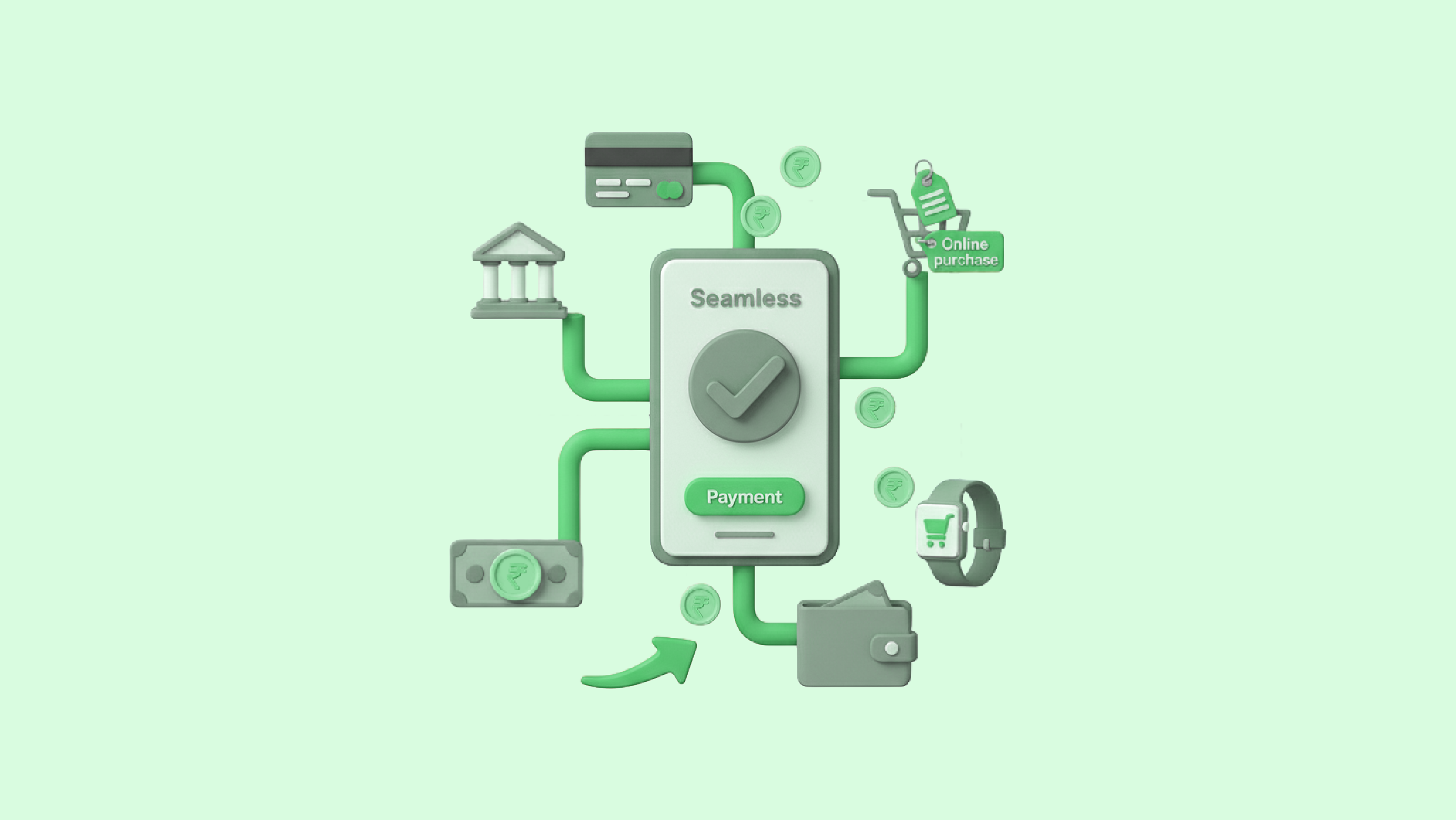For small businesses, every rupee saved and every hour gained matters. Managing accounts payable (AP) is one of the most time-consuming tasks in daily operations. From receiving invoices to processing approvals and ensuring vendors are paid on time, the process can quickly become overwhelming. What often starts as a few invoices a week can soon turn into a pile of paperwork, manual data entry, and constant follow-ups.
This is where Accounts Payable Automation for Small Business comes in. Once thought to be a luxury only large corporations could afford, automation has now become accessible, cost-effective, and scalable for smaller companies as well. With the right system in place, small businesses can simplify their invoice management, improve accuracy, and gain greater control over cash flow.
The Current Challenges Small Businesses Face in Accounts Payable
Small businesses often run with lean teams where people wear multiple hats. The owner or finance manager may be responsible not only for strategic planning but also for day-to-day accounting. In such an environment, accounts payable can easily become a bottleneck.
Here are a few common challenges:
- Manual Data Entry Errors: Entering invoice details manually into spreadsheets or accounting software increases the chance of mistakes. A single error in vendor details or payment amount can lead to financial loss or strained relationships.
- Delayed Payments: Without an organized system, invoices may get misplaced or approvals may be delayed. This often results in late payments, penalties, and unhappy vendors.
- Time-Consuming Approvals: Invoices usually require sign-offs from multiple people. If the process is manual, employees may have to chase signatures or send repeated reminders physically.
- Poor Cash Flow Visibility: Small businesses need a clear picture of how much money is going out and when. Relying on scattered files or basic spreadsheets makes it difficult to get real-time insights.
These challenges not only add stress but also limit a business’s ability to focus on growth.
What AP Automation Actually Means
Before diving into the benefits, it helps to understand what AP automation really is.
Accounts payable automation uses technology to handle tasks such as invoice capture, approval routing, and vendor payments. Instead of manually keying in data, invoices are scanned or uploaded into the system, where details are automatically extracted and verified. The workflow then routes the invoice for approval, and once cleared, payment can be scheduled directly through the platform.
For small businesses, this doesn’t mean investing in large, complex systems. Many affordable solutions are designed specifically for SMEs, offering integration with existing accounting tools and providing flexibility to start small and expand as needed.
In short, small business invoice automation replaces manual processes with digital workflows that are faster, more accurate, and easier to track.
Key Benefits of AP Automation for Small Businesses
The advantages of adopting AP automation go beyond saving time. Let’s look at some of the most significant AP automation benefits for small businesses.
1. Time Savings
Processing invoices manually can take several minutes each, especially when verifying details and routing them for approval. Automation reduces this to a matter of seconds. Invoices can be captured, coded, and sent for approval without manual intervention. This means finance teams spend less time on routine tasks and more time on analysis and planning.
2. Cost Efficiency
Late fees and penalties eat into small business margins. By ensuring invoices are tracked and paid on time, automation eliminates unnecessary costs. Many solutions also highlight opportunities for early payment discounts, which further improves savings. Additionally, the reduced need for paper, printing, and storage contributes to cost reduction.
3. Improved Accuracy
With manual entry, the risk of duplicate invoices, incorrect amounts, or missed payments is high. Automation significantly reduces these errors by automatically validating invoice data and matching it against purchase orders or contracts. This ensures vendors are paid the correct amount and reduces the chances of disputes.
4. Better Visibility and Control
Most AP automation platforms provide dashboards where businesses can track invoices in real time. This visibility allows decision-makers to know exactly how much money is pending, approved, or due for payment. It also helps in planning cash flow more effectively, ensuring that funds are allocated wisely.
5. Scalability for Growth
As small businesses expand, so do the number of vendors and invoices. Hiring more staff to handle AP is not always sustainable. AP automation for small business provides the scalability to manage higher volumes without increasing headcount. The system grows with the business, making it easier to handle complexity as operations expand.
Real-World Impact
Consider a small retail business that receives hundreds of invoices from suppliers each month. Without automation, the finance manager spends several days every month reconciling invoices, chasing approvals, and ensuring payments are made. Mistakes are common, and suppliers often call to follow up on delayed payments.
After implementing invoice automation, the same company was able to cut down invoice processing time from days to a few hours. Errors reduced dramatically, suppliers were paid on time, and the finance team could finally focus on analyzing expenses and negotiating better terms.
Getting Started With AP Automation
Adopting AP automation doesn’t have to be a complicated or expensive process. Small businesses can start with a few simple steps:
- Assess Current Challenges: Identify where most time is being lost, whether it’s data entry, invoice approvals, or payment delays.
- Choose the Right Solution: Look for platforms that integrate with your existing accounting software and offer features you need without unnecessary complexity.
- Start Small: Begin with one part of the AP process, such as invoice capture or approval routing, and gradually expand to cover the entire payments and reporting process.
- Train Your Team: Ensure that everyone who handles invoices understands how to use the system. Most modern tools are intuitive and easy to learn.
- Track the Results: Monitor improvements in processing time, cost savings, and vendor satisfaction. Use these insights to refine the process further.
Modern AP automation tools are designed to be flexible, allowing small businesses to choose plans that fit their budgets and upgrade as they grow.
Conclusion
In today’s competitive environment, efficiency and accuracy can make a huge difference for small businesses. Manual accounts payable processes may have worked in the past, but they can quickly become barriers to growth.
AP Automation for Small Business provides a practical solution by reducing manual effort, improving cash flow visibility, and ensuring vendors are paid on time. The result is not just a smoother AP process but a stronger foundation for financial stability and growth.
By embracing automation, companies can free up valuable time, reduce costs, and focus their energy on what truly matters: building the business. Far from being a luxury, automation has become an essential tool for small businesses that want to stay competitive and resilient in the long run.
How OPEN Helps Small Businesses
With OPEN Accounts Payable, small businesses get enterprise-grade automation tailored for their scale. From invoice OCR and smart approvals to direct vendor payouts through connected banking, OPEN removes manual bottlenecks without adding complexity.





